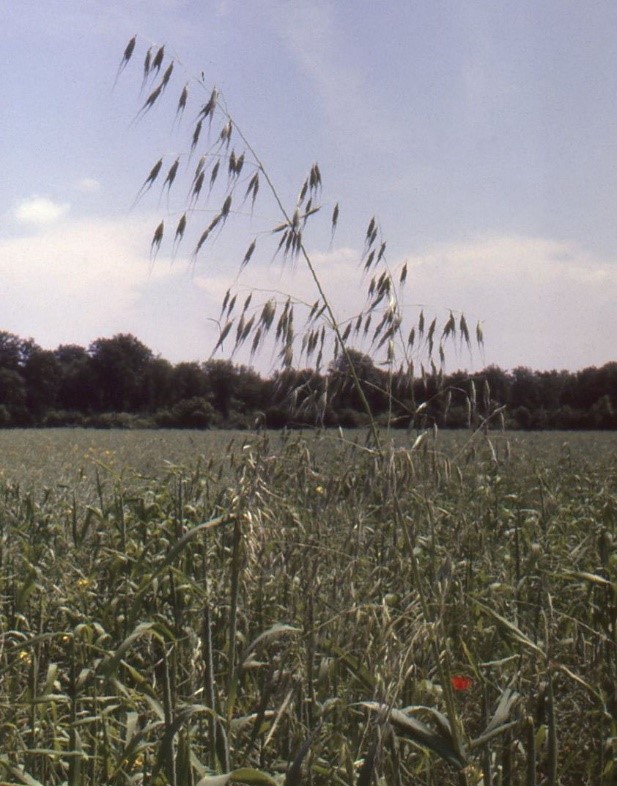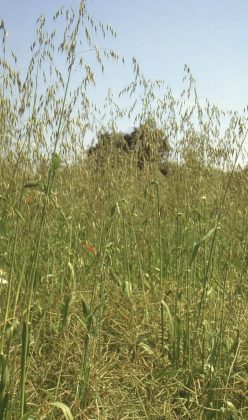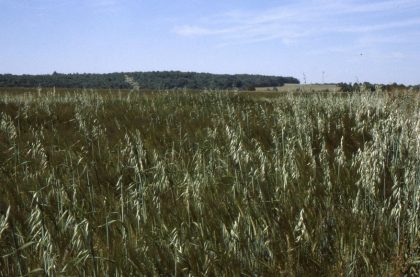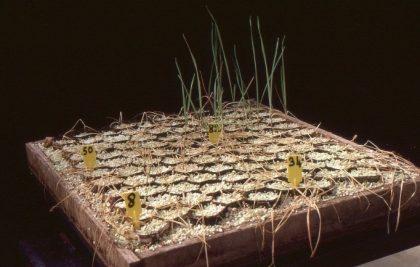Will frost-resistant weeds benefit from climate change?
The paper ‘Relative success of frost-resistant variants of Avena fatua: a field experiment, published in the Journal of Agricultural Science, has been chosen as the latest Editorial Highlight.
Climate change is generally expected to increase the frequency and severity of warming and drought events, with consequences for water supplies and reduced agricultural yields. The impact of some types of extreme weather events, such as hurricanes, hail and freezing rain, are additional concerns. In particular, when temperatures fall below freezing, the damage to crops can be severe: this could become a long-term trend as Arctic warming could modify the jet stream, allowing polar air to reach Europe and North America. Weed problems may also increase, as they are expected to respond well to climate change and adapt quickly to warmer and drier growing seasons. However, in the case of overwintering weeds in winter-sown crops, the challenge includes survival of more intense freezing periods. Our study reports on the presence of genetic apparatus allowing frost resistance in a wild oat population and its subsequent selection in a field experiment.

Wild oat (Avena fatua) is a competitive weed in cereals. It can emerge in the autumn and accompany winter cereals throughout the growing season, thereby exerting severe damage. We identified frost-resistant plants and set up a field experiment under commercial farming conditions. It consisted of allowing frost-resistant and non-resistant plants to grow and reproduce in fields of winter crops (oilseed rape, wheat and barley) for 8 years.
Despite fewer freezing periods (i.e. below -10°C) than expected, 6 years were sufficient to observe a weak increase in the frequency of frost-resistant plants. In addition to irregular low temperature selection pressure, selection of the frost-resistant plants was affected by differential seed germination and seed production, and possibly herbicide sensitivity. This experiment shows how farmers’ practices and environmental variation may delay adaptation, but a permanent trend toward selection of surviving plants is possible. Our findings could apply to other weed species and occur within the time-frame of a farmers’ career, thus necessitating the development of farming practices to limit infestation by frost-resistant weeds that survive harder winters in the future. This suggests that the consequences of climate change may be more diverse than simply those due to warming and drought during growth periods.
The Journal of Agricultural Science Editorial Highlights are selected by the Editor-in-Chief and are freely available for one month. View the recent selections here.









